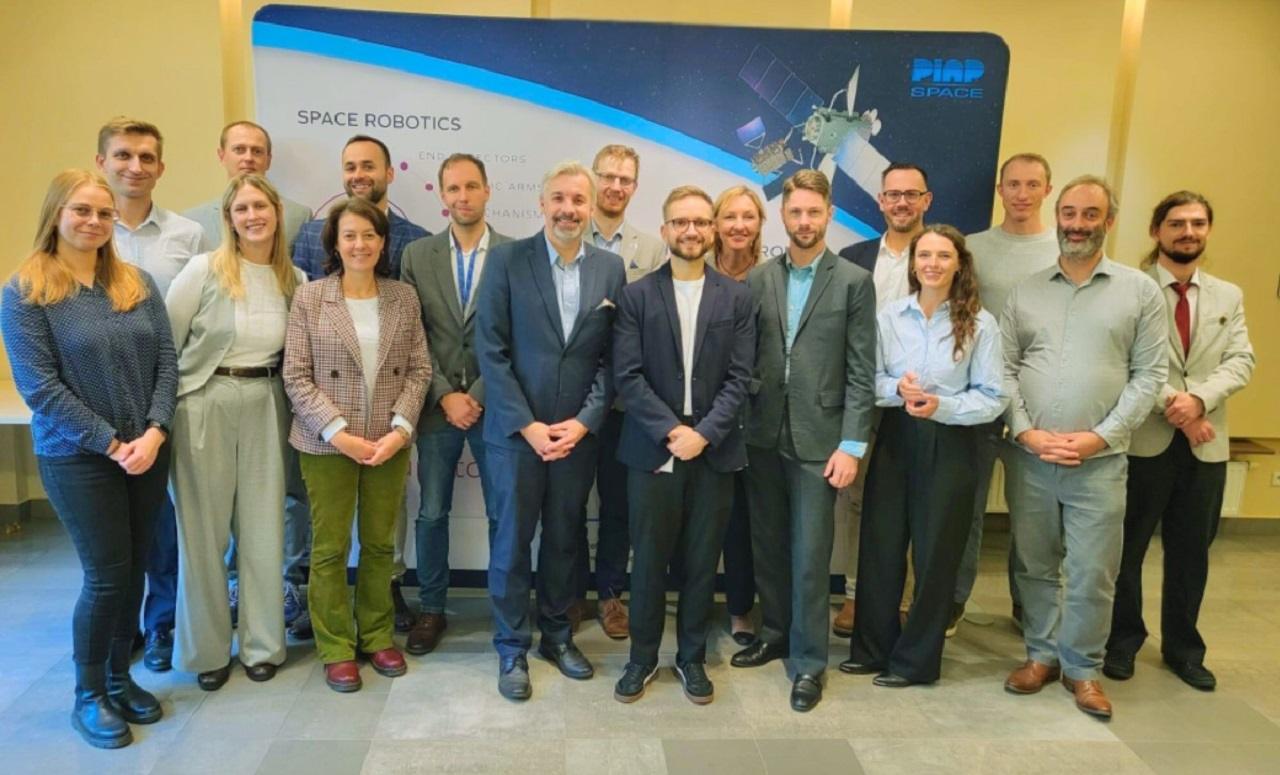HR sourcing, talent sourcing, recruitment sourcing, sourcing strategies, candidate sourcing—these terms are at the core of modern talent acquisition practices. As organizations compete for top talent in a highly competitive market, understanding how to effectively source candidates becomes crucial. This comprehensive guide explores the nuances of HR sourcing, highlights effective strategies, and discusses the tools and techniques that can help recruiters attract the best candidates. Whether you’re a seasoned HR professional or new to recruitment, this article provides valuable insights into sourcing top talent efficiently and effectively.
What is HR Sourcing?
HR sourcing, often referred to as talent sourcing or recruitment sourcing, is a strategic process used by HR professionals and recruiters to identify, engage, and attract potential candidates for current and future job openings. Unlike traditional recruiting, which often relies on job postings and passive candidate applications, sourcing involves proactively searching for talent, often through advanced search techniques, social media platforms, and specialized databases. The goal of HR sourcing is to build a pipeline of qualified candidates, reducing time-to-hire and ensuring that organizations have access to top-tier talent when the need arises. This approach emphasizes a strategic, data-driven methodology that aligns with the broader talent acquisition strategy of an organization.
Importance of Effective Sourcing in Recruitment
Effective sourcing is fundamental to successful recruitment because it directly impacts the quality and diversity of candidates available to an organization. A well-executed sourcing strategy allows companies to access a wider pool of talent, including passive candidates who are not actively seeking new roles but might be open to the right opportunity. This expands the potential candidate pool and increases the likelihood of finding candidates who are a perfect fit for the role and company culture. Additionally, strategic sourcing can significantly reduce time-to-hire by pre-emptively identifying suitable candidates and engaging them early in the recruitment process. It also helps in building a strong employer brand as proactive engagement demonstrates an organization’s commitment to attracting top talent. Ultimately, effective sourcing leads to better hiring decisions, improved employee retention, and a more competitive organization in the talent marketplace.
Sourcing vs. Recruiting: Key Differences
Sourcing and recruiting are closely related, but they serve distinct functions within the talent acquisition process. Sourcing is primarily focused on identifying and engaging potential candidates before they are ready to apply for a job. It involves proactive search techniques, talent mapping, and relationship building with passive candidates. Recruiters, on the other hand, typically handle the end-to-end process of hiring, including interviewing, evaluating, and extending job offers. They work with the sourced candidates to match their skills and experience with specific job requirements. While sourcing is about building a talent pipeline and creating opportunities for future hiring needs, recruiting is about filling open positions efficiently and effectively. Both functions are essential, but a strategic sourcing approach can significantly enhance recruiting efforts by providing a steady flow of qualified candidates.
Top Sourcing Strategies and Techniques
Implementing effective sourcing strategies requires a combination of techniques tailored to the specific needs of an organization. One of the most fundamental strategies is leveraging social media platforms like LinkedIn, Twitter, and Facebook to identify and connect with potential candidates. Advanced Boolean search techniques allow recruiters to refine searches on search engines and databases, making it easier to find candidates with specific skills and experience. Talent mapping and market research help identify where top talent congregates, whether through industry events, online communities, or professional associations. Employee referral programs can also be powerful, as they tap into existing networks of trusted contacts. Additionally, niche job boards and community forums relevant to specific industries or skill sets can uncover highly specialized candidates. Combining these approaches ensures a comprehensive talent sourcing process that maximizes reach and quality of candidate pools.
Tools and Technologies for HR Sourcing
Modern HR sourcing relies heavily on technology and specialized tools to streamline and enhance candidate search and engagement. Applicant tracking systems (ATS) integrated with sourcing modules enable recruiters to manage candidate pipelines effectively. AI-powered sourcing tools, such as Hiretual, Entelo, and SeekOut, use machine learning algorithms to identify and rank top candidates based on job requirements and candidate profiles. Social media sourcing tools like LinkedIn Recruiter and GitHub Jobs facilitate targeted searches for passive candidates and niche talent pools. Data analytics platforms can provide insights into sourcing effectiveness, helping recruiters refine strategies and allocate resources more efficiently. Additionally, automation tools assist in outreach and follow-up, ensuring consistent engagement with potential candidates. The integration of these technologies results in faster, more targeted sourcing processes that improve the quality and quantity of candidate pipelines.
Challenges in Talent Sourcing and How to Overcome Them
Despite the advantages of strategic HR sourcing, recruiters often face several challenges that can hinder their efforts. One common obstacle is the difficulty in sourcing passive candidates who are not actively looking for new roles but possess the desired skills and experience. Overcoming this requires building strong relationships and maintaining ongoing engagement with potential candidates through personalized communication and value-driven content. Another challenge is the volume of unqualified applicants, which can overwhelm sourcing efforts. To address this, recruiters should refine search criteria and utilize advanced filters and AI tools to target more precise candidate profiles. Additionally, sourcing can be hindered by a lack of diversity, which can be mitigated through targeted outreach to underrepresented groups and participation in inclusive talent networks. Keeping pace with evolving technology and market trends also requires continuous learning and adaptation. Overcoming these challenges involves a combination of strategic planning, technological investment, and proactive engagement.
Measuring the Success of Sourcing Efforts
Evaluating the effectiveness of sourcing strategies is critical to refining approaches and demonstrating value within HR functions. Key performance indicators (KPIs) include the number of qualified candidates sourced, time-to-fill, and candidate quality scores. Tracking the source of successful hires helps identify which channels and techniques are most effective, allowing recruiters to optimize their efforts accordingly. Metrics such as engagement rates, response times, and candidate conversion rates provide insights into the efficiency of outreach and communication strategies. Additionally, assessing diversity metrics ensures sourcing efforts support broader inclusion goals. Regular analysis of these KPIs enables HR teams to adjust their sourcing tactics dynamically, improve candidate experience, and ultimately enhance overall recruitment outcomes. An ongoing feedback loop that incorporates data-driven insights is essential for maintaining a competitive edge in talent sourcing.
Frequently Asked Questions
What is the difference between sourcing and recruiting?
Sourcing involves proactively identifying and engaging potential candidates who might be suitable for current or future roles, often before they apply. It focuses on building a talent pipeline and utilizing tools like social media, databases, and search techniques to find passive candidates. Recruiting, by contrast, is the process of attracting, evaluating, and hiring candidates for specific open positions. It involves activities like conducting interviews, assessing skills, and extending job offers. While sourcing is about creating opportunities and preparing a pool of qualified candidates, recruiting is about filling current vacancies through selection and onboarding.
How can technology improve sourcing strategies?
Technology plays a pivotal role in modern sourcing by automating repetitive tasks, enhancing search capabilities, and providing data-driven insights. AI-powered sourcing tools can quickly scan vast online profiles to identify high-potential candidates based on predefined criteria. Social media platforms with advanced search features enable recruiters to target passive candidates more effectively. Applicant tracking systems streamline candidate management and facilitate communication. Data analytics help measure sourcing effectiveness, identify talent gaps, and refine strategies over time. Overall, technology accelerates the sourcing process, increases accuracy, and helps recruiters access a broader and more diverse talent pool.
What are the best practices for sourcing passive candidates?
Effective sourcing of passive candidates involves personalized engagement, relationship building, and providing value. Recruiters should develop a compelling employer brand that attracts interest without active outreach. Utilizing social media platforms like LinkedIn for targeted searches and connecting through mutual contacts can foster trust. Regularly sharing relevant content and insights helps maintain engagement over time. Tailoring communication to highlight how the opportunity aligns with the candidate’s career goals and interests increases response rates. Additionally, maintaining a talent pool of passive candidates and nurturing these relationships through ongoing communication ensures a ready pipeline of talent when vacancies arise. Consistent, respectful outreach combined with clear value propositions is key to successfully sourcing passive candidates.









